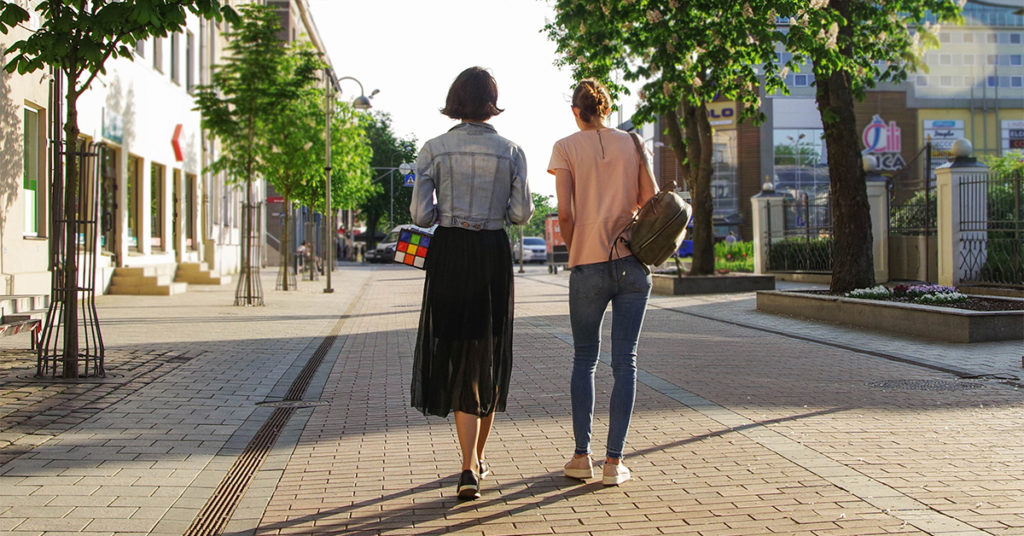What is Intersectionality?
In a recent interview with Time, Kimberlé Crenshaw explained Intersectional feminism as, “a prism for seeing the way in which various forms of inequality often operate together and exacerbate each other.”
Intersectionality through the lens of sexual violence
Intersectionality can be looked at through many different lenses. When we look through the lens of sexual violence, it becomes vitally important to the work of an advocate, survivors, and community. Advocates have the unique opportunity to see survivors for who they are as an individual. Survivors bring the pieces and parts of who they are and their background, and advocates not only see them but acknowledge them as a whole being, able to see where these different intersections of oppression and vulnerabilities are being taken advantage of and exploited.
There are layers of “isms” that can all apply to one person, and at the same time. Racism, sexism, ageism, and the list goes on. We see statistics for sexual violence in people of color, but how closely do we really see the multiple layers? A Latinx woman who is in the lower socioeconomic class is going to have a much different life experience than a Caucasian woman of upper or middle class. While socioeconomic status should not play a part in accessing help, it can certainly inhibit abilities. Transportation, childcare, and missing work are not all things that everyone can afford. Racism, whether past or present, would make the Latinx woman hesitant to reach out for help.

Acknowledging Barriers
When these “isms” are acknowledged, barriers can begin to break down into solutions. Advocates can do this through work with survivors and co-survivors, agencies can work through policies and procedures, and the community can contribute, as well. Victim blaming plays a large part in under-reporting and survivors not seeking help. On the other hand, when the community reacts in a caring way, it can show survivors that they are believed and are able to receive help, regardless of these layers of oppression.
Taking an intersectional approach to how we interact with survivors allows us to make positive change individual by individual, spreading throughout the community.